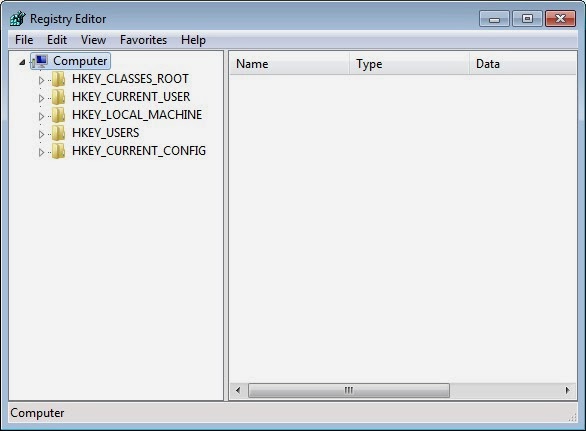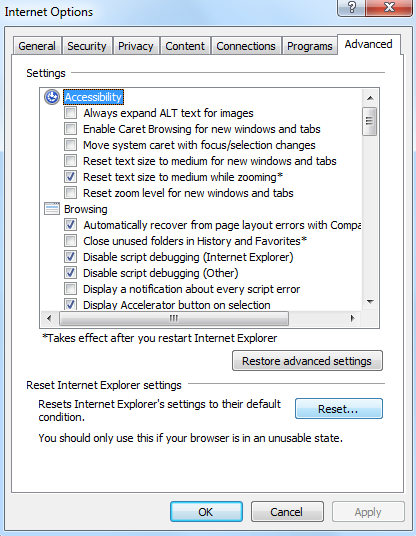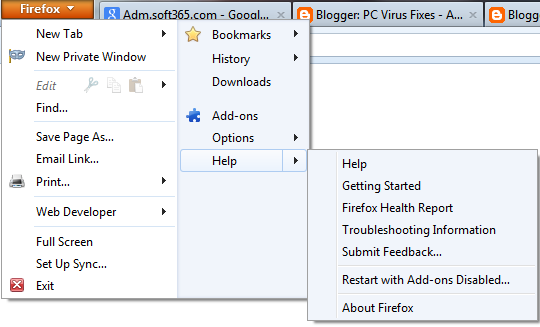Remove lpmxp22.com Pop-up Virus
Lpmxp22.com Pop-up Is Malicious
Lpmxp22.com pop-up can happen at different web browsers like
Internet Explorer, Google Chrome and Apple Safari. Being much similar to Lving.net,
lpmxp22.com pop-up is caused by some potentially unwanted programs which often
use pop-ups to promote sponsored advertisements. The lpmxp22.com pop-up is used
to promote third party services and programs on your PC. Every single time you
click on the dubious pop-up, you will get some unwanted programs or enter some
unknown websites. Besides, this lpmxp22.com pop-up usually utilizes your search
engine to display inline ads.
When you enter search result pages, you will see
that ads are everywhere. Then some malicious advertisers can get revenue from
your every click.
Sometimes, lpmxp22.com
pop-up will recommend you an unknown program and force you to read installation
instructions. You’d better not click on the Next button. It is likely that some
malicious programs will be installed into your PC, which can bring bad
influences to your computer. It should be noted that some malicious programs
are designed to track your browser histories and steal some profitable
information. With this in mind, we highly recommend you get rid of lpmxp22.com
pop-up from your browser.
Guides to Get Rid of lpmxp22.com pop-up
Step 1: Press Ctrl+ALT+Del
keys at the same time to open Task Manager. End the process of lpmxp22.com
pop-up.
random.exe
Step 2: Remove the files of lpmxp22.com pop-up. Open Start Menu and
then go to Control Panel. Then use the search bar to look for Folder Option.
Check Show hidden files and folders and un-check Hide protected operating
system files (Recommended) in the View tab of Folder Option window.
%AllUsersProfile%\Application Data\.dll
%UserProfile%\Start Menu\Programs\ Lpmxp22.com \
%AppData%[trojan name]toolbarstats.dat
%AppData%[trojan name]toolbaruninstallIE.dat
Step 3: Delete lpmxp22.com pop-up registry entries from your PC.
Click start button and search for regedit to open Registry Editor.
HKEY_CURRENT_USER\Software\Microsoft\Windows\CurrentVersion\Run:
[avsdsvc] %CommonAppData%\ifdstore\security_defender.exe /min
HKEY_CURRENT_USER\Software\Microsoft\Windows\CurrentVersion\Uninstall\Antivirus
Security Pro Virus\UninstallString “%AppData%[RANDOM CHARACTERS][RANDOM
CHARACTERS].exe” –u
HKEY_CURRENT_USER\Software\Microsoft\Internet Explorer\Download
“CheckExeSignatures” = ‘no’
HKEY_CURRENT_USER\Software\Microsoft\Internet Explorer\Main “Use
FormSuggest” = ‘yes’
Step4: Click Start button and select Control Panel. Then click
Programs, uninstall all suspicious programs from your PC.
After disabling all suspicious programs on your browser, you also
need to reset the browser to the original state, which can make sure that this
virus never comes back. Before beginning, you will lose your bookmarks and
other personal information when you restore your browser.
Reset the settings of Internet Explorer
1. Open the IE, click the wrench icon and select Internet Options.
2. Move to Advance tab, click the Reset button.
3. Tick the Delete personal settings check-box and click Reset
button.
4. In General tab, you can add a new URL on Home page box and set it
as your default homepage.
Reset the settings of Google Chrome
1. Open the Chrome, click the three stripes icon and select
Settings.
2. Scroll down to the end of the configuration page, search for Show
advanced settings.
3. Look at Reset browser settings button and click it.
4. Reset browser settings via clicking the reset button.
5. Scroll down the page again and look for Open a specific page or
set of pages, click on their Set Pages. Another window will show up. Here you
will seethe bunch of URLs under “Set pages”. Delete all them and then enter
only one which you want to use as your home page.
Reset the settings of Mozilla Firefox
1. Open Firefox, and click the Firefox button.
2. Select Help and click Troubleshooting Information.
3. Click the Reset Firefox button.















